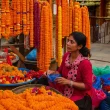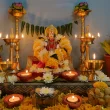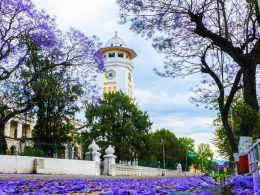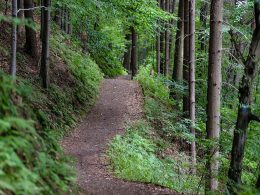Nepal is diversified in all sorts of art, culture, caste, and custom. In accordance to these variations, there are different types of skills they have. Some of them are so popular that they make different things they can and sell them as souvenirs to the national and international visitors. These are the 10 Handmade Souvenirs that are produced by the diversified groups of Nepal:
Wood Carvings in Nepal have been in practice for more than 800 years now. All the temples, buildings, palaces, statues have their beauty all because of the wood carving skills of the people here. Mostly, people of the Kathmandu Valley are involved in wood carvings and they are all Newars. They produce beautiful windows, pillars, and statues all ready to make perfect souvenirs to the visitors of the country.

Carpets used to be made by the people in the mountainous parts of Nepal. However, the development of an export quality carpet was initiated with the influx of the Tibetan refugees in the early sixties. It remains as the most important exported product from Nepal.

For more than 1500 years, making handmade papers is in practice, especially from a long lasting plant called Lokta. Lokta is a bark from a plant that grows in the upper hills in the altitude of 1500-3000 sq/ft. The centuries old manuscripts are found to be written on the same people which are readable till date. In Nepal, all the official documents are written on the same paper and for this reason, a lot of lokta paper products are produced and even sold as souvenirs.

The tradition of thangka paintings in Nepal began from the Tibetan people. However, it was differently in practice as Pauba Chitra in the Newar community. Thangka is a fabric that works as a canvas to be painted on. It can be of any size. Today, millions of thangkas are exported outside of the country and thangka business is one of major businesses in the tourism industry.

Pashmina has long been a part of local clothing in Nepal, especially in the mountains where people used goat and yak fur to create something to protect themselves from cold. It has been produced in the homes of local weavers for generations. But, it was only during the 90’s that this fabric suddenly came into prominence in the international market. Today, Pashmina remains as the major revenue generator in the country with the highest amount of exports.

Masks in Nepal have a long history, especially in the Kathmandu Valley. During the festivals, masks are made out of clay, painted, and are worn by the dancers to showcase various deities with their particular significance. Mostly, a Newari caste group, Chitrakar produces these masks which have been popular for people all around the world.

There is a special group among Newars that only produce clay pots. They used to produce pots of various sizes from small lighting vessels to grain storage urns. Today, various design of clay pots are still in use and are sold to all the people around the world.

Khukuri is a symbol of the Brave Gurkhas that fought bravely in the World War. It is a short curved sword which can be fitted in the waist. Today, a lot of foreigners buy khukuri as a reminder of the Brave Gurkhas.

Among the other handmade things in Nepal, silver pieces of jewelry are considered to be one of the oldest forms of art dating back to the 6th Century AD. They used to be produced by the silversmiths of the Kathmandu Valley. Today, numerous amounts of silver pieces of jewelry are produced for exports.

Felt fabric is made from wool that becomes matted when moistened under pressure and heat. Today, a lot of handicraft producers are producing variations of felt items mostly for decorations.








